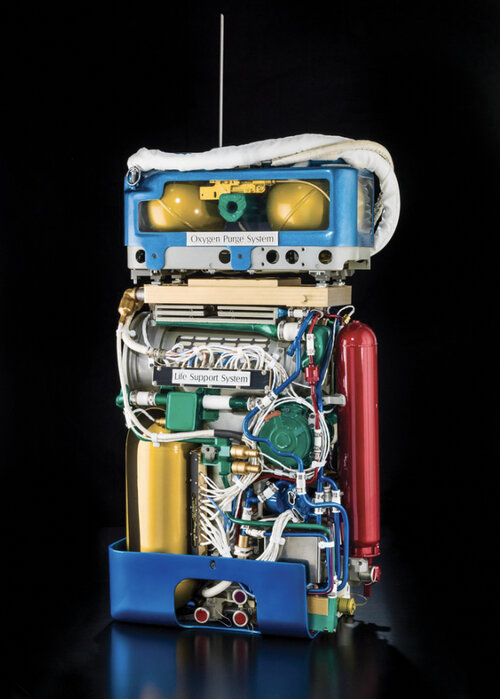Gentleman’s Astronautics
Gone fishin'
- Joined
- 15 September 2022
- Messages
- 123
- Reaction score
- 46
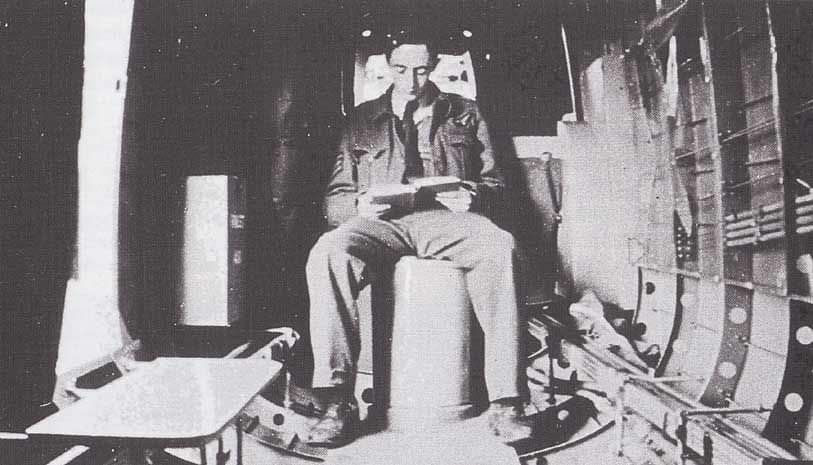
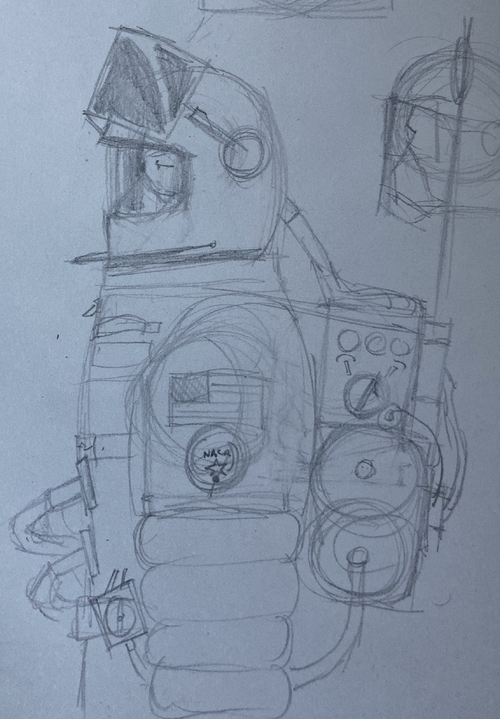
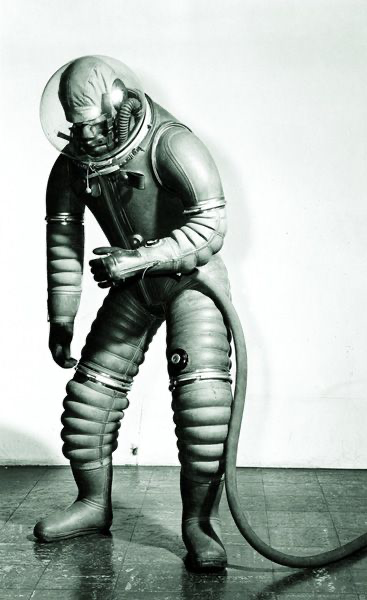
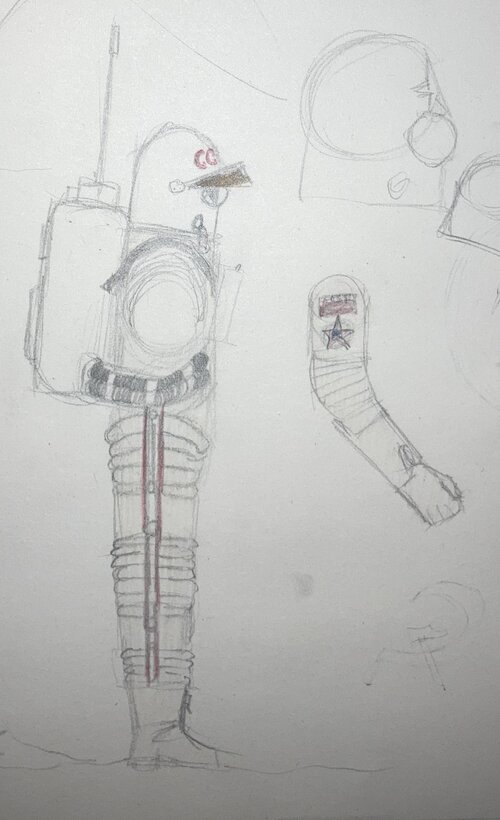
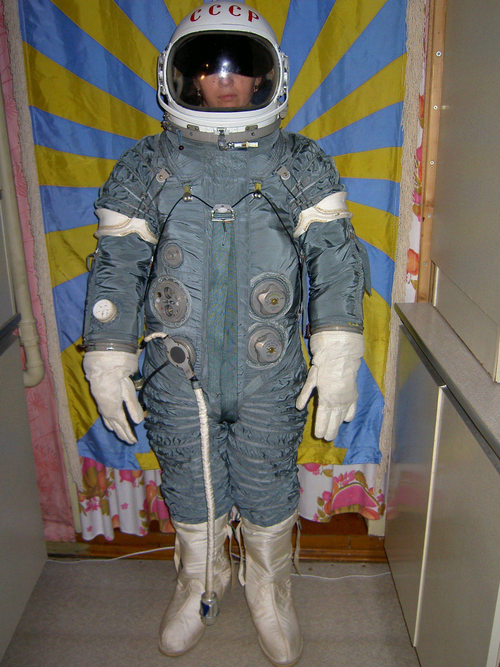
I'm tempted to say that you didn't find anything because at the time nothing in the West was mature enough to give the Soviets something worth of trying to copy, but a potential real life point of departure for dramatic story purposes might be the Keldysh bomber concept, see https://en.wikipedia.org/wiki/Keldysh_bomber. YMMV, of course.I say, might any of you fine gentlemen know of any good Soviet projects that might serve as their program workhorse? The brits have the BIS Winged orbital Rocket, and the Americans have Von Brauns ferry rocket, but I've so far been able to find nothing for the soviets?
I have been toying with that idea, but someone on twitter suggested perhaps a massively enlarged and V2/A4-influenced GIRD X serving as the first stage, an anomalous second stage, and a spaceplane on the top? Might this perhaps work??I'm tempted to say that you didn't find anything because at the time nothing in the West was mature enough to give the Soviets something worth of trying to copy, but a potential real life point of departure for dramatic story purposes might be the Keldysh bomber concept, see https://en.wikipedia.org/wiki/Keldysh_bomber. YMMV, of course.
Depends on the details, but in general, William Moore should be your new best posthumous friendI have been toying with that idea, but someone on twitter suggested perhaps a massively enlarged and V2/A4-influenced GIRD X serving as the first stage, an anomalous second stage, and a spaceplane on the top? Might this perhaps work??
Actually, I think I have a more reasonable suggestion: an enlarged G-2 acting as a first stage booster, with a G-4 second stage, and a Sänger-Silbervogel derived Mig-105 spaceplane acting as the manned third stage.Depends on the details, but in general, William Moore should be your new best posthumous friend. In other words, do the (easy) basic math, see https://en.wikipedia.org/wiki/Tsiolkovsky_rocket_equation. Also, what exactly would an "anomalous second stage" be??? And as a general piece of common sense life advice, *never* heed what anyone on twitter suggests...
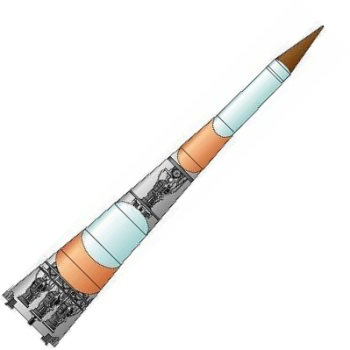
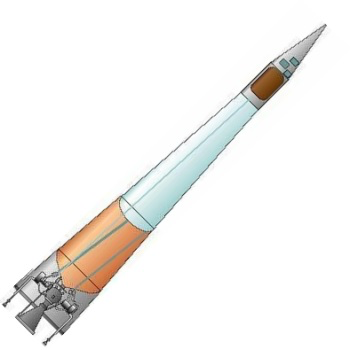
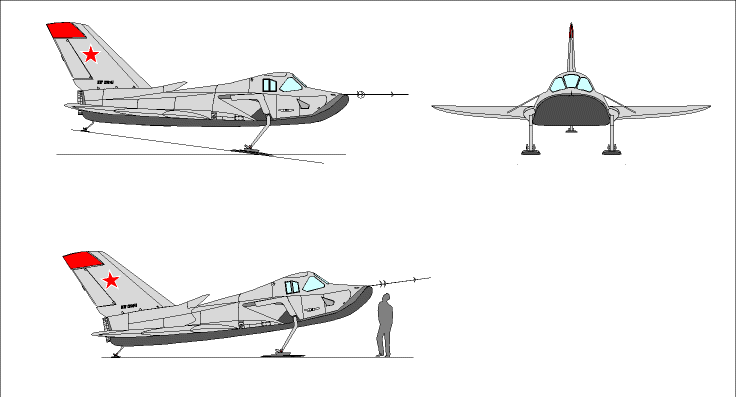
Yeah, probably would end up something like that to be fairsound more like this cluster of 3 G-4 rocket with Mig-105 spaceplane bolded to third G-4 booster
launch with two G-4, while third G-4 bring Mig-105 into Orbit...
no engines for anybodyIf Glushko had cancer instead of Korolev...who knows?
Had they both died---Chelomei might have more of a chance--but that might also depend on Sergei's father surviving "eyebrows."
Chelomei might have gotten a small space plane built if unopposed...that might fit your scenario best.
how would you recommend the soviets go forward then? Tikhonravov does the first spaceflight in '47, but afterwards its a bit of a blankKuznetsov might not have been the best…
Theres a wired article which describes some of the numbered suit componentsI say, may any of you fine fellows be able to help in the identification of the components in this cutaway? It's a cutaway of the BIS suits' life support backpack, but in the book there was no key, so it's all greek to me. Any ideas?
View attachment 727018
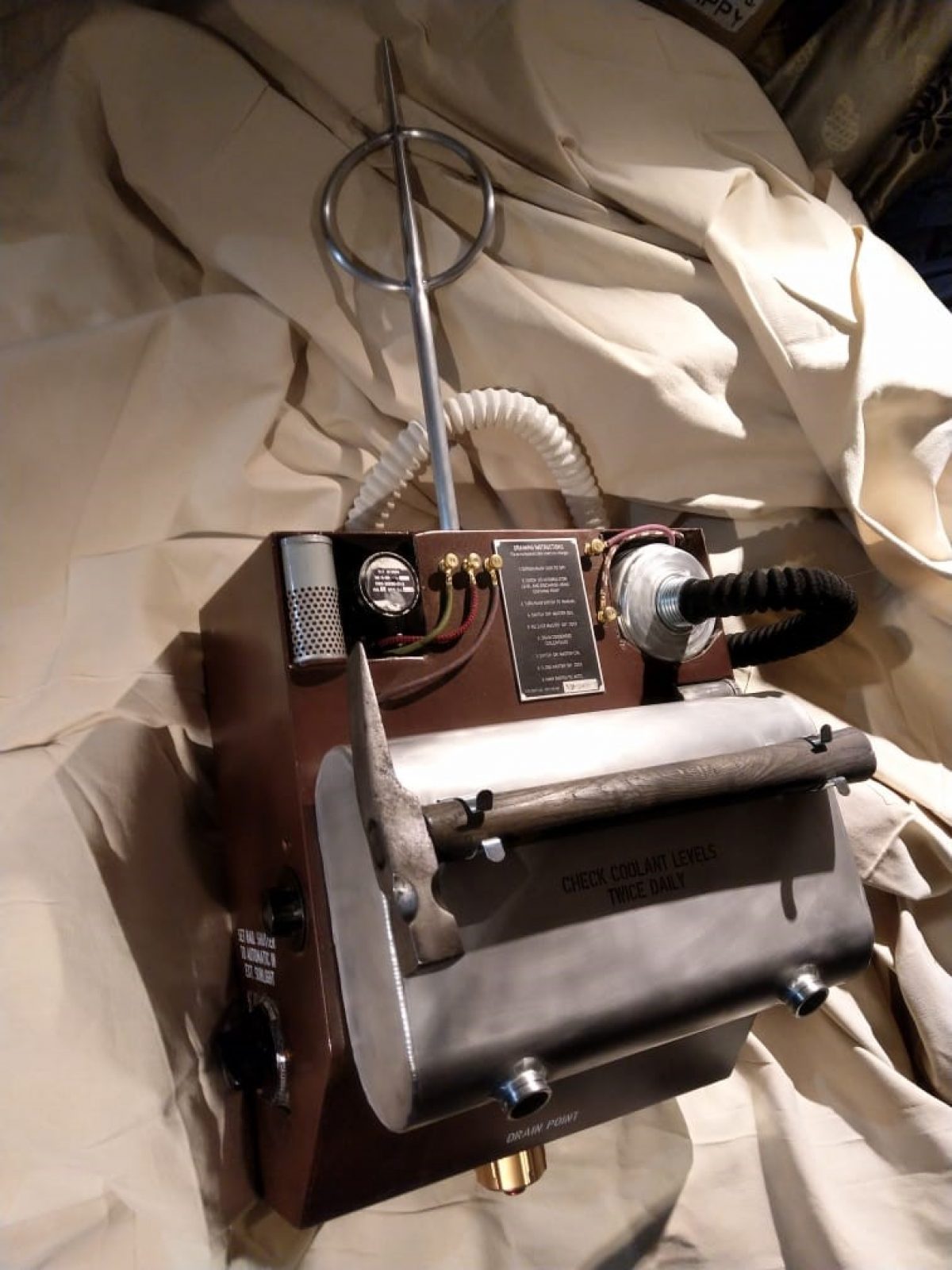
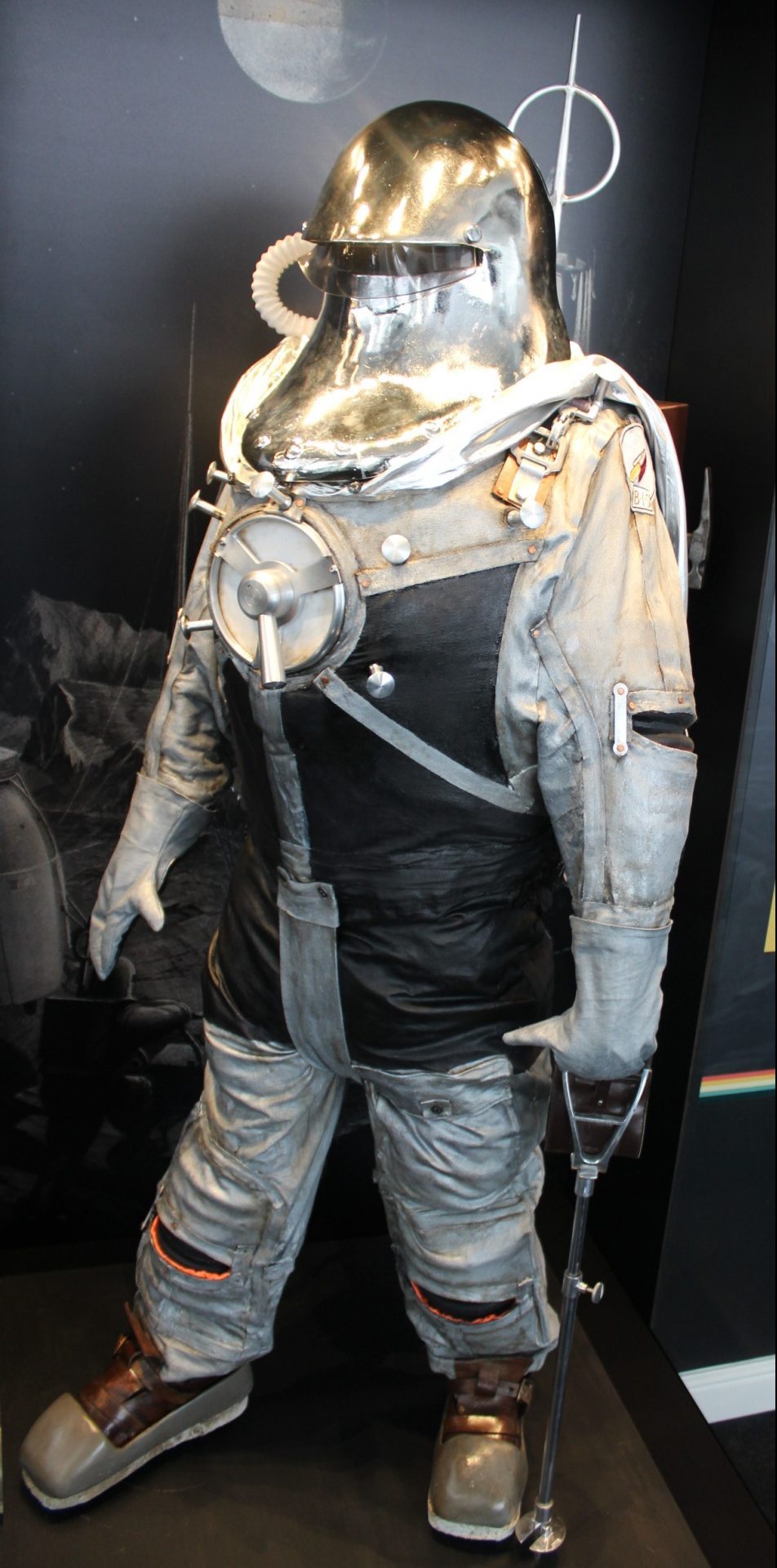
I have come across that article, though very informative, it does not have this cutaway, and only really mentions the backpack and its functions in passing.Theres a wired article which describes some of the numbered suit components
https://www.wired.com/2012/09/space-suit-1949/
that is very helpful, and aided in my getting the layers of the suit down (until I twigged that only 4 layers probably wouldn't be all that effective for a suit, and so came up with the idea that the astronaut could wear a separate suit underneath as a combined cooling and protection garment, but thats for another time), but alas there is still no real concrete stuff about the backpackI did find this,it still doesnt have great details tho

Alas, I have seen that video too, and the interview with the replicas creator, and in neither is the backpack discussed in full. We may be jiggered, here
Well, good luck. I'd be very interested myself.Alas, I have seen that video too, and the interview with the replicas creator, and in neither is the backpack discussed in full. We may be jiggered, here
I must say, I do love that picture, probably as close as we are going to get to a picture of it doing operations on the surface. Although I do think that the boots would probably end up being more in-line with what George Mallory wore to Everest, just made from rubber with asbestos soles (speaking of Mallory, he and Irvine survive their Everest climb, summiting it in 1924, and mallory would go on to be an instructor to the british astronauts for lunar hiking, but thats for another time
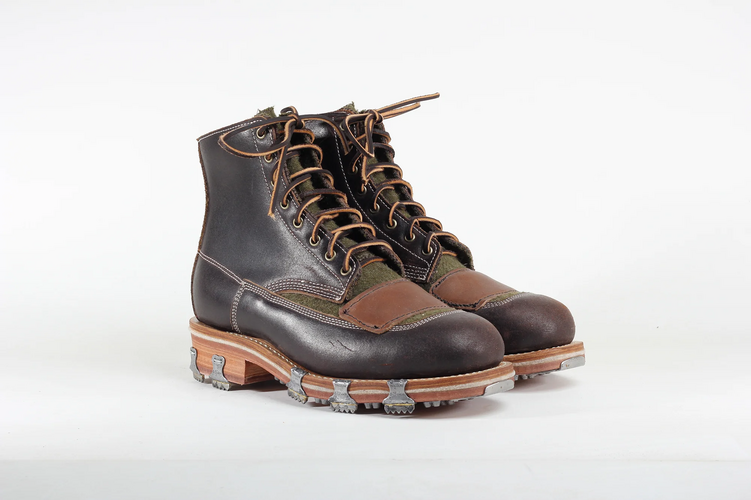
Yeah,I had a feeling that you`d like that pic when I saw it.I must say, I do love that picture, probably as close as we are going to get to a picture of it doing operations on the surface. Although I do think that the boots would probably end up being more in-line with what George Mallory wore to Everest, just made from rubber with asbestos soles (speaking of Mallory, he and Irvine survive their Everest climb, summiting it in 1924, and mallory would go on to be an instructor to the british astronauts for lunar hiking, but thats for another timeView attachment 727189
Maybe have a look at the cutaway, and have an educated guess at some of the items inside? Perhaps if I told of the details of the general supply that could help?
Most thoughtful of you, but perhaps have a look at the cutaway, and have an educated guess at some of the items inside? Perhaps if I told of the details of the general supply that could help?Yeah,I had a feeling that you`d like that pic when I saw it.
perhaps if I divulged the actual parameters of the backpack it might aid in picking out the components?Yeah,I had a feeling that you`d like that pic when I saw it.
Well, good luck. I'd be very interested myself.
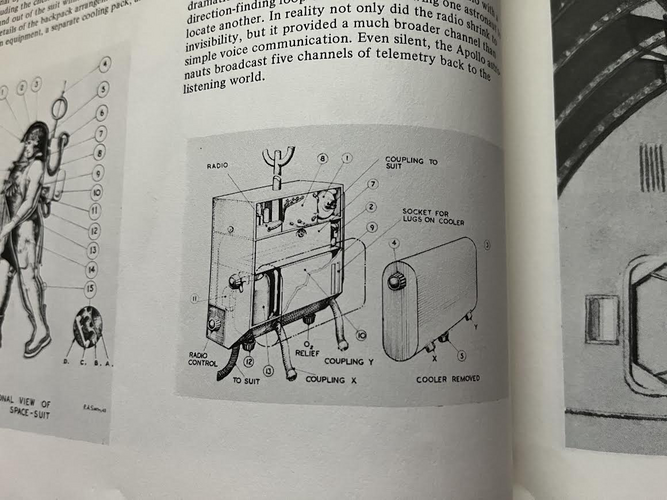
Correct! Mariner 4 did a fly by and measured the atmospheric density by radio occultation. Reduced the estimate of the atmospheric density by roughly 90%. That upended plans to use solely oversized parachutes to land spacecraft on Mars. Along with the photos showing craters on the surface, it drastically revised the somewhat romantic vision of Mars with canals and vegetation.Mars was thought to have an atmosphere about 7% as thick as Earths up until Mariner in '64, when reality came crashing in.
Thank you, and you precisely hit the nail on the head for what it is I'm aiming for with this alternate timeline. The moon is quasi-hollow and has aliens living inside, mars has wellsian martians and the canals, Jupiter is a mountainous hell-scape with volcanoes and rivers of lava, Saturn is a vast flat plane of snow and ice with 340 mph, and not much is known of Neptune and Uranus.Correct! Mariner 4 did a fly by and measured the atmospheric density by radio occultation. Reduced the estimate of the atmospheric density by roughly 90%. That upended plans to use solely oversized parachutes to land spacecraft on Mars. Along with the photos showing craters on the surface, it drastically revised the somewhat romantic vision of Mars with canals and vegetation.
Mariner 2 flew by Venus earlier and the radiometer measured temperature put an end to that as a possible habitat for life, as well.
But, if this is an "alternative" game, one can just go with the prior 1950's notion of Mars. Disney and VonBraun, along with Cheryl Bonestell created and alternative vision of the solar system and its exploration. The reality was far different.
I should mention that there was a short lived US television series in 1959 (Men into Space) which tried a fairly realistic picture of the near future of space exploration.
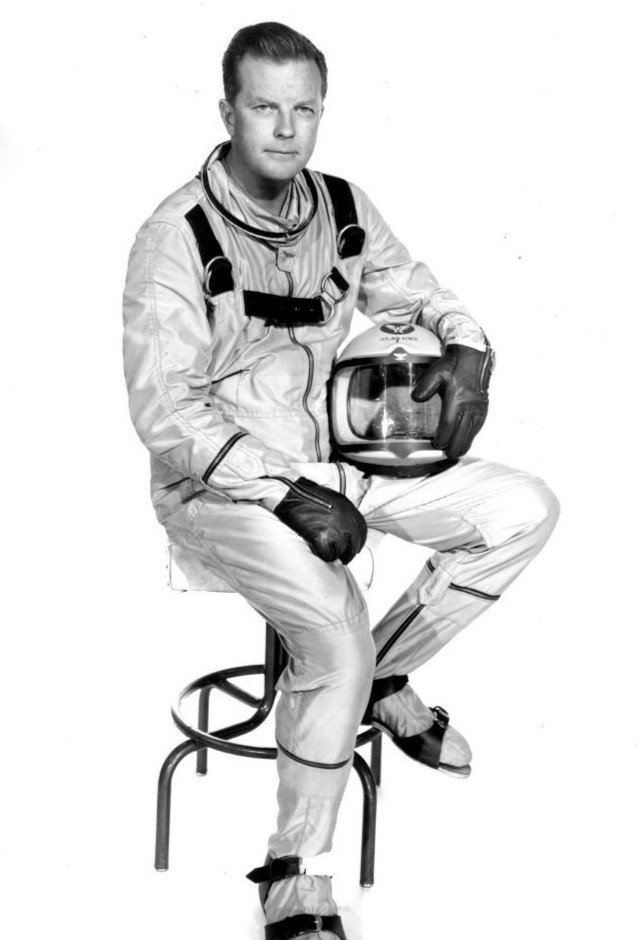
Men into Space - Wikipedia
en.wikipedia.org
For an exhaustive and extremely well researched history of the early Russian Space developments, I highly recommend Asif Siddiqui's "Sputnik and the Soviet Space Challenge".
No idea. But it is lacking several "essentials". The real Apollo back packs had electronics, radio, cooling water (sublimation), oxygen, batteries, and lithium hydroxide canisters to remove CO2. The cooling water circulated through tiny tubes in a garment worn under the outer pressure space suit. Insulaton of the suit works both ways: keeps the lunar temperature extremes out, but also keeps the wearer's body heat generated in.Thank you, and you precisely hit the nail on the head for what it is I'm aiming for with this alternate timeline. The moon is quasi-hollow and has aliens living inside, mars has wellsian martians and the canals, Jupiter is a mountainous hell-scape with volcanoes and rivers of lava, Saturn is a vast flat plane of snow and ice with 340 mph, and not much is known of Neptune and Uranus.
As for the timeline itself, I have been forging a compendium for the lore, that should encompass all the goings-on in universe:
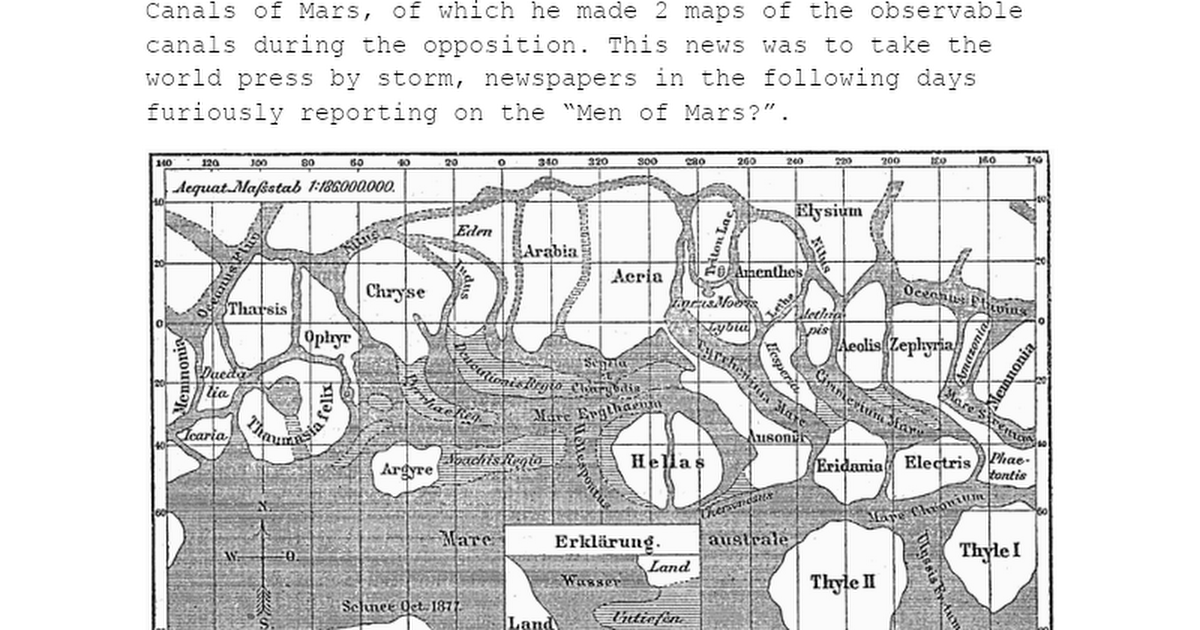
Up, Up and Away!
docs.google.com
You wouldn't happen to be able to take any fair guesses at the backpack components in the diagram I posted earlier would you?
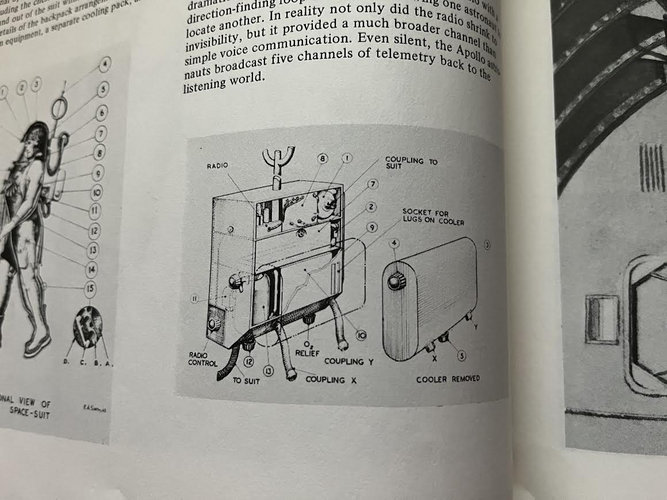
It does have these, as you can see on the diagram, although the CO2 purging would have been done with sodium hydroxide to yield some supplementary oxygen. Picking out the components on the diagram is what I meant.The real Apollo back packs had electronics, radio, cooling water (sublimation), oxygen, batteries, and lithium hydroxide canisters to remove CO2
Well, owing to the fact that the BIS suit (rebranded as the British Interplanetary Commission in the timeline, with the suits manufactured by Normalair) has an impractical amount of layers to sustain a person in lunar conditions (just 4, lol), I had the idea that the wearer would don a Liquid Cooling garment, similar to the apollo equivalent, but that would reconstitute the lost layers for radiation protection etc. that the suit lacks:The cooling water circulated through tiny tubes in a garment worn under the outer pressure space suit. Insulaton of the suit works both ways: keeps the lunar temperature extremes out, but also keeps the wearer's body heat generated in.
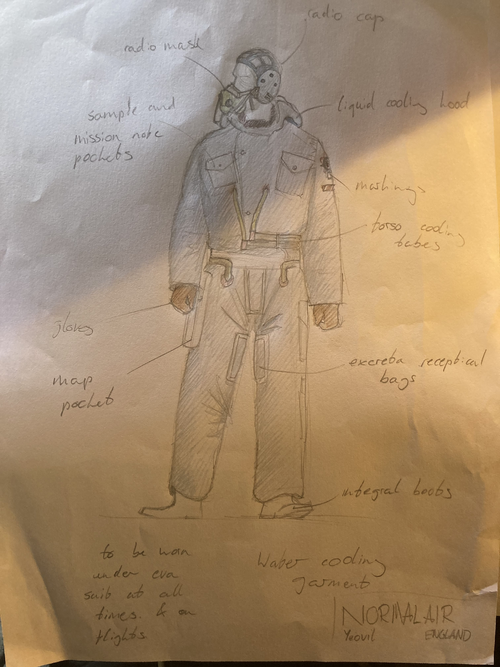
Yes, the moon is still largely solid, it's simply that the selenites live in the large underground lava tubes left behind from the moon's volcanic past. Also, thanks for the suit reference picks, they'll help nicely!BTW, when you say "hollow moon", you don't mean largely hollow, do you? For this to work in some realistic fashion, the moon's mass must be largely the same as it is now. Otherwise, earth moon orbital dynamics would not work. You want to stay in the "speculative, alternative realm" and not egregiously violate the laws of physics
The real Apollo lunar backpack has quite a few more components.View attachment 727615
It does have these, as you can see on the diagram, although the CO2 purging would have been done with sodium hydroxide to yield some supplementary oxygen. Picking out the components on the diagram is what I meant.
Well, owing to the fact that the BIS suit (rebranded as the British Interplanetary Commission in the timeline, with the suits manufactured by Normalair) has an impractical amount of layers to sustain a person in lunar conditions (just 4, lol), I had the idea that the wearer would don a Liquid Cooling garment, similar to the apollo equivalent, but that would reconstitute the lost layers for radiation protection etc. that the suit lacks:View attachment 727617
Yes, the moon is still largely solid, it's simply that the selenites live in the large underground lava tubes left behind from the moon's volcanic past. Also, thanks for the suit reference picks, they'll help nicely!
